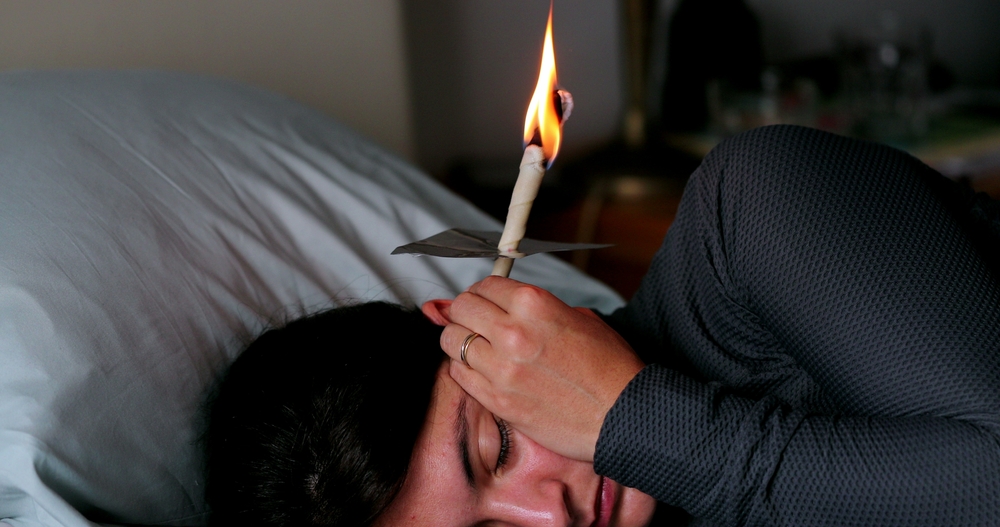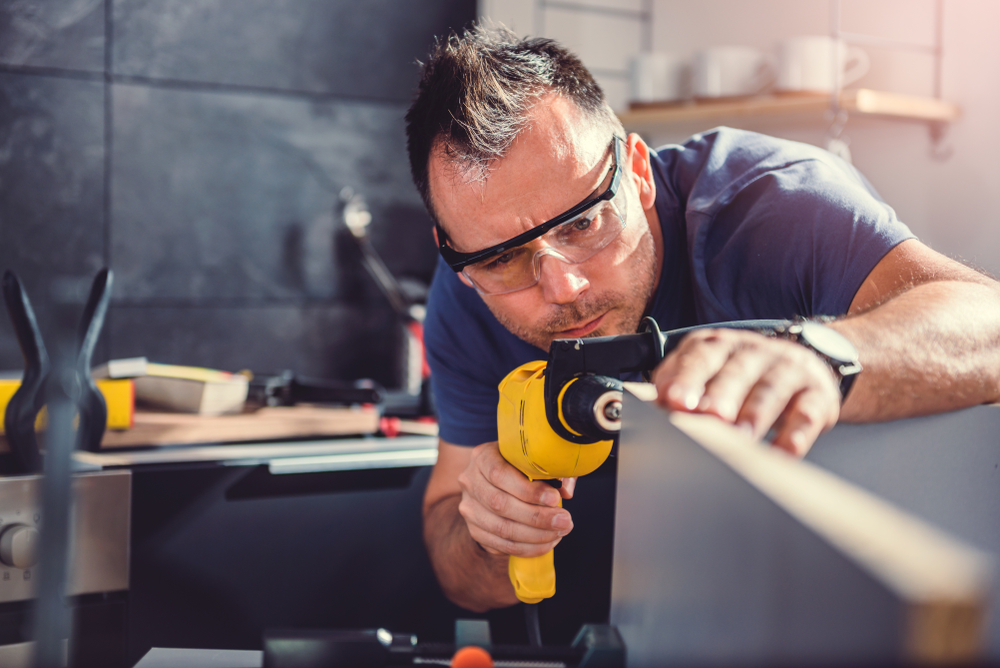Noise is all around us, from the hum of traffic to the roar of a concert. While some sounds are harmless, prolonged exposure to loud noise can cause irreversible hearing damage. Noise-induced hearing loss (NIHL) is one of the most common yet preventable hearing conditions. By understanding noise levels, their impact on your ears, and how to protect your hearing, you can take proactive steps to preserve your auditory health.
Understanding noise-induced hearing loss (NIHL)
NIHL occurs when excessive noise damages the tiny hair cells in the inner ear responsible for transmitting sound signals to the brain. Unlike other types of hearing loss, NIHL is entirely preventable—but once damage occurs, it is often permanent.
This condition affects people of all ages, including children, teens, and adults who frequently expose themselves to loud environments. Whether it’s through loud music, workplace noise, or recreational activities, taking precautions can help prevent long-term hearing issues.
Decibels (dB) and how sound is measured
Sound intensity is measured in decibels (dB), which follow a logarithmic scale. This means that even a small increase in decibel level results in a significant increase in sound intensity. For example, a 10 dB increase represents a tenfold jump in loudness.
The louder the sound, the higher the risk of hearing damage—especially with prolonged exposure. Understanding decibel levels can help you make informed decisions about protecting your hearing.
Everyday sounds and their decibel levels
To put sound levels into perspective, here are common noises and their approximate decibel levels:
- Whisper – 30 dB (Safe)
- Normal conversation – 60 dB (Safe)
- City traffic – 70–85 dB (Prolonged exposure may cause harm)
- Lawn mower – 90 dB (Hearing damage possible after 2 hours)
- Concerts/nightclubs – 100–120 dB (Damage can occur within minutes)
- Fireworks/gunshots – 140 dB+ (Immediate hearing damage risk)
Noise levels above 70 dB can gradually harm your hearing over time, while exposure to sounds above 120 dB can cause instant damage.
Safe noise exposure limits
Your risk of hearing damage depends on both the volume and duration of exposure. Here’s a general guide to safe listening:
- Sounds below 70 dB are considered safe, no matter how long you’re exposed.
- At 85 dB, damage can occur after 8 hours of continuous exposure.
- At 100 dB, hearing damage can happen in 15 minutes or less.
- Sounds above 120 dB can lead to immediate hearing loss.
Because damage is cumulative, frequent exposure to loud environments without protection increases the risk of long-term hearing issues.
How to protect your hearing in loud environments
Whether you’re attending a concert, working in a noisy setting, or using power tools at home, taking precautions can help protect your hearing:
- Wear Ear Protection: Use earplugs or noise-canceling earmuffs in loud environments.
- Keep Headphone Volume Safe: Follow the 60/60 rule—keep volume at 60% or lower and take breaks every 60 minutes.
- Limit Exposure: Reduce the time spent in noisy environments whenever possible.
- Monitor Noise Levels: Use a decibel meter app to assess sound intensity and take action if levels exceed safe limits.
Prioritize your hearing health
Your hearing is an essential part of your overall well-being. Taking small but meaningful steps to reduce exposure to loud noises can help protect your ears for years to come.
If you’re concerned about your hearing or want personalized advice on hearing protection, find a hearing specialist in your area to schedule an appointment.



